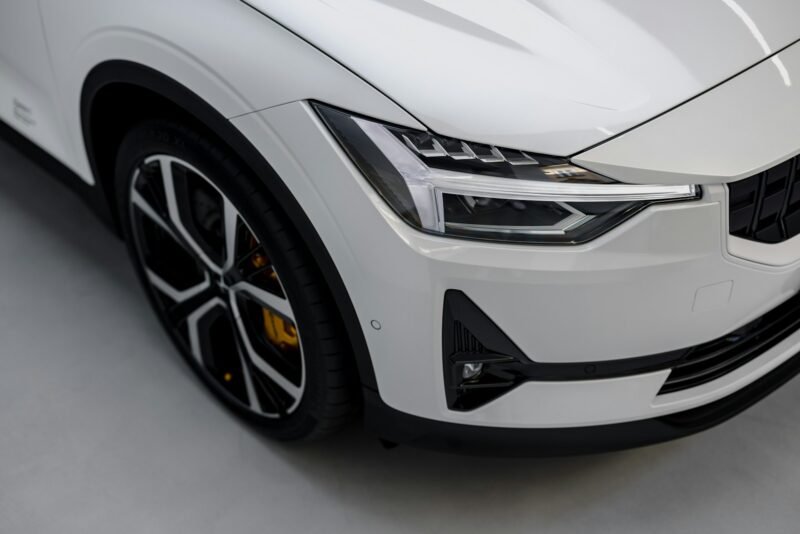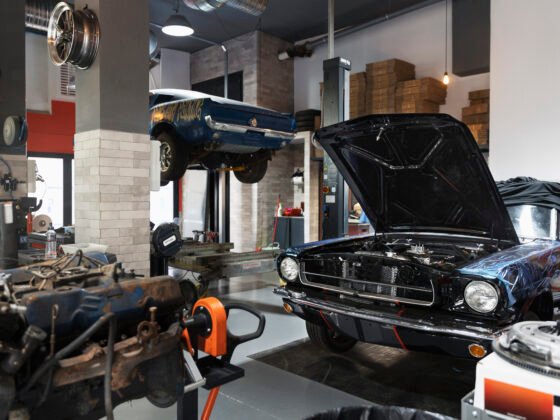In today’s fast-paced world, buying a car is often one of the most significant financial decisions people make. With a variety of makes, models, features, and price ranges available, navigating the automotive market can seem daunting. This guide aims to simplify the process and equip you with essential tips to become a well-informed automotive buyer.
1. Set a Budget and Stick to It
The first step in your car-buying journey should always be determining a budget. This decision impacts everything else, from the type of car you choose to the financing options you explore. Here are some tips on how to set an appropriate budget:
- Evaluate your financial standing: Look at your monthly income, expenses, and any existing debt. Experts often recommend spending no more than 15-20% of your monthly income on car payments.
- Consider additional costs: Remember that a car’s total cost goes beyond its sticker price. Account for insurance, taxes, registration fees, maintenance, and fuel. These expenses can significantly impact your budget in the long term.
- Plan for a down payment: The larger your down payment, the less you’ll pay in interest. Aim for at least 10-20% of the car’s price upfront to reduce monthly payments and interest costs.
2. Identify Your Needs and Priorities
Once you’ve established a budget, the next step is to identify what you need and want in a car. Consider aspects such as:
- Purpose of the vehicle: Are you looking for a car for daily commuting, family trips, or off-road adventures? Your vehicle’s purpose will heavily influence the type of car that’s best suited for you.
- Features and specifications: Decide on must-have features like safety tech, fuel efficiency, cargo space, seating capacity, and technology.
- Resale value and longevity: Some cars have higher resale values and reliability ratings. Researching these factors can help you make a sound investment, especially if you plan to resell the car later.
3. Research Makes and Models
The automotive market offers a vast range of options, from budget-friendly compacts to high-end luxury cars. To narrow down your choices, consider the following:
- Reliability ratings: Websites like Consumer Reports and J.D. Power provide reliability scores for different makes and models, giving you insight into long-term performance.
- Fuel efficiency: For buyers conscious about fuel expenses or environmental impact, fuel-efficient or hybrid models are ideal choices.
- Maintenance costs: Some brands are known for expensive repairs and parts. Research the average maintenance costs for your chosen model to avoid future surprises.
- Safety features and ratings: Safety should be a priority, especially if you’re driving with family. Look for models with top safety ratings from the National Highway Traffic Safety Administration (NHTSA) or the funds Institute for Highway Safety (IIHS).
4. Decide Between New and Used
Both new and used cars have their own advantages. Here’s a quick comparison to help you decide:
- New cars: With a new car, you get the latest technology, a comprehensive warranty, and the peace of mind that the car hasn’t been previously used. However, new cars typically have higher prices and depreciate faster.
- Used cars: Used cars are generally more affordable and often come with lower insurance costs. However, you may need to compromise on certain features or endure some wear and tear. Certified pre-owned (CPO) vehicles can be a good middle ground, as they are usually inspected, reconditioned, and come with a warranty.
5. Explore Financing Options
If you’re not buying the car outright, you’ll need financing. Here are some common financing options and considerations:
- Dealer financing: Many dealerships offer financing, sometimes with promotional interest rates on new cars. However, compare these offers with other lenders to ensure you’re getting the best deal.
- Bank or credit union Funds: Banks and credit unions often offer competitive rates on auto funds. It’s wise to get pre-approved for a fund before you visit the dealership so you have a clear idea of your budget.
- Leasing: If you prefer driving a new car every few years and don’t drive extensively, leasing could be a good option. Keep in mind that with leasing, you won’t own the car at the end of the lease term.
6. Conduct Thorough Research Online
Before stepping into a dealership, equip yourself with as much information as possible. Online resources such as Edmunds, Kelley Blue Book, and AutoTrader provide extensive reviews, pricing information, and comparison tools to help you assess different models. Additionally, websites like Carfax or AutoCheck can offer vehicle history reports if you’re buying used.
7. Test Drive the Car
A test drive is crucial, as it provides a firsthand experience of how the car handles and whether it meets your expectations. During the test drive, pay attention to:
- Comfort and visibility: Make sure the seating is comfortable, the controls are easy to reach, and the visibility is good.
- Handling and performance: Test the car’s acceleration, braking, and steering to assess its performance on the road.
- Noise and vibration: Listen for unusual noises and check for vibrations. A well-maintained car should be smooth and quiet.
8. Negotiate the Price
Once you’ve decided on a car, it’s time to negotiate. Car prices are often flexible, especially if you’re purchasing from a dealership. Here are some negotiation tips:
- Do your homework: Know the fair market value of the car by using tools like Kelley Blue Book. This knowledge will help you confidently negotiate.
- Be patient: Dealers may try to create urgency, but it’s important to take your time. Don’t hesitate to walk away if the deal doesn’t feel right.
- Consider other factors: Besides the price, you can negotiate for perks like a maintenance package, free oil changes, or an extended warranty.
9. Review the Contract Carefully
Before signing any paperwork, read the contract carefully to ensure it reflects the agreed-upon terms, including price, interest rate, monthly payment, and any additional fees. Be cautious of any add-ons that you didn’t request.
10. Prepare for Ownership
After purchasing your car, the responsibility of ownership begins. Regular maintenance, insurance, and safe driving habits will not only prolong your car’s life but also maintain its resale value. Some initial steps include:
Registration and title: Complete the necessary paperwork to legally own and drive your car.
- Maintenance plan: Schedule regular maintenance checks and keep a record of all services to ensure the vehicle stays in top condition.
Conclusion
Becoming an informed automotive buyer takes time, research, and patience, but the effort is well worth it. By following these steps, you can confidently navigate the automotive market and make a purchase that suits your needs, budget, and lifestyle. Whether you’re buying new or used, a well-informed decision will ensure that you drive away satisfied and secure in your investment.










